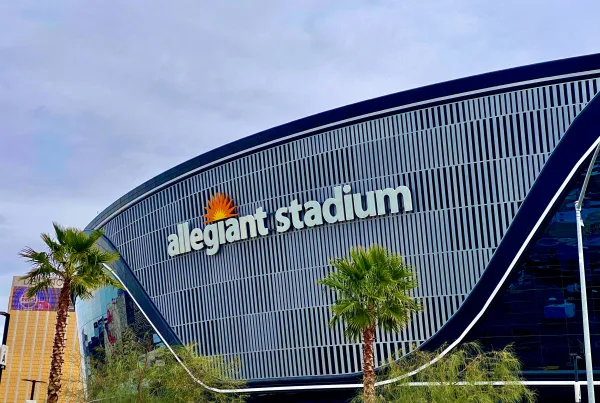Content is multifaceted. It can be used to generate brand awareness, assist as a complement to SEO, answer current and potential customer questions, act as a tailored landing page for paid ads, move users through the user journey, and drive sales to your business.
However, its most intended use by business owners and key stakeholders is in this last attribute — finding traffic that converts users into leads. But when should your team expect to see those results?
After your content has been published, it’s time to wait to see the effects. Google needs to crawl your site and begin serving your page as a result for relevant queries. Once it starts doing that, we can start monitoring impressions, clicks, and traffic to your site. This is key before any conversions start to occur.
The waiting period between getting that traffic and starting to see users convert can confound and sometimes frustrate investors, marketing directors, and CEOs, but it’s just one piece of the puzzle that will eventually lead to satisfying returns in the future, as long as you understand what to expect along the way and stay the course.
Working with our seasoned content and SEO experts, here’s what you should expect from our content process that will ultimately lead to content that converts:
1. Strategic Planning
The first step of our content marketing process is properly planning the content for your site. Our team performs their due diligence in researching topics and asking your team for input with questions including but not limited to:
- “Which topics are important to your potential customers?
- “How do those topics connect or relate to your products and services?”
- “Which keywords are users searching for that we can incorporate within the content to capture their attention?
2. Writing Stage
Writing is more than just putting thoughts down on paper (or a screen, I should say). As our team writes, we want to know what your users are most interested in reading, and by doing so, we lead with that first.
Then we properly and strategically work the keywords and queries into the content so it feels natural and fluid. Doing so enables Google to properly serve your web pages to users when they search those questions and keywords.
In this stage, we’re also thinking about where we want users to go when they land on the page, incorporating internal linking to relevant site pages and calls-to-action so if they are ready to convert, they can.
3. Publication & Promotion
Our client partnerships are important in making sure our content plan keeps moving. Unless you are utilizing our web development and management services, we will work with your team to implement the content we create.
Without publishing our provided content and utilizing other marketing channels for its promotion, results will take longer to appear.
Once you have content in hand, be sure to prioritize its publication so you can start generating traffic and leads to your site!
 4. Heat Mapping
4. Heat Mapping
To create meaningful content that converts through qualified users, we need to see how users are interacting with the content we create. At Logical Media Group, we recommend setting up heat maps on key pages that are created or already exist to see how users are interacting with the elements on the page. If that’s not something your team wants to do, we can implement those heat maps on your behalf.
Using heat mapping tools, we can see if users are interacting with the CTA buttons scattered throughout the page or, indeed, the form on the bottom of the page. If not, we would consider moving that up! We can see how quickly they are bouncing off the page and if there are any page elements causing them to get stuck.
If we identify what is causing a hang up for users, we can incorporate changes or implement A/B testing (or both!) to see what works best to move users through the customer journey.
5. Reporting (Impressions, Clicks, Rankings)
Once your new content has been published and promoted and a few weeks or months have passed, it’s time to set up reporting to evaluate results. This is where clicks and impressions become important, alongside other key marketing metrics.
At this point, we get to see, with impressions and clicks, which keywords are sticking, which keywords have come out of the woodwork that we were unaware resonated so strongly with users, and which keywords are still missing from the results. All of this data is key to further improving your site’s content to capture qualified traffic and leads for your site.
6. Optimizations
There is a reason why optimizations are such a key piece of our content marketing process. This is where we take the work we have done and the results we are seeing — both in our reporting dashboards and heat mapping — and fine-tune everything to work more efficiently and effectively for your business.
While our strategic planning can often generate the results we want to see, in many highly competitive markets, it’s the continual content optimizations we do on an ongoing basis that give these pages the extra support they need to drive more traffic and qualified leads to pages that will convert.
7. Ongoing Reporting (Traffic, Conversions)
We don’t stop after optimizations though. Our ongoing reporting continues to inform our strategic content planning for your business, helping us determine top priority pages that can generate the most leads and benefits for your business.
Reach out to our Sales Team to start a Content partnership with our SEO team.








